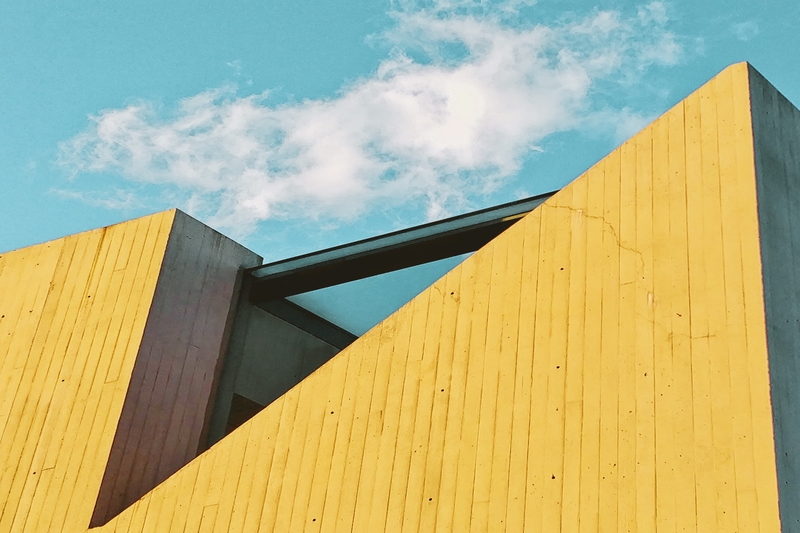
According to a recent report, research has found that cross laminated timber (CLT) could be the future of the wood and building industry in Sabah.
However, there is significant headway to be made before proponents see a wooden skyline in the state.
The eight-month joint research between a team of University Malaysia Sabah wood technology and industry final year students and Sapulut Forest Development Sdn Bhd has shown promising results to suggest that tall buildings can be built using timber.
CLT however is not a new concept for it has been used in other countries, most notably in Vancouver, Canada, where the world’s tallest building with a timber structure, stands at a height of 53 metres.
Closer to home is Nanyang Technological University (NTU) in Singapore which will be Asia’s largest wooden building when completed.
CLT refers to large-scale, prefabricated, solid engineered wood panels – lightweight yet very strong, with superior acoustic, fire, seismic, and thermal performance.
It is also fast and easy to install, generating almost no waste onsite. CLT is also said to offer design flexibility and low environmental impact.
The research team, who had experimented with ‘laran’ and ‘batai’ plantation timber species, presented their findings to various industry players and agency representatives on Thursday. It was noted that they were basically studying strength and durability. The research covered many areas from looking at the mechanical (aspects), fire resistance and so on.
The Associate Professor in the Faculty of Science and Natural Resources (Forestry Complex) at UMS noted that the results are extremely promising – the plantation timber can be used on buildings and apartments. The professor added that the challenge for the academic team is converting their research data into something that can be used by engineers.
The researchers know that it’s safe but they need to convert the data into engineering data so that engineers can use to build buildings with.
This is the challenge, he said, admitting however that he could not see the building industry in the state using CLT at the moment due to various roadblocks, and current regulations.
In the meantime, the professor agreed that further research should be conducted to cover more areas, including CLT’s contribution to the global commitment in carbon reduction, in order to convince both policy makers and the industry.
Among those who attended the presentation were representatives from Timber Association Sabah, Sabah Forestry Department, Malaysian Timber Industry Board, Forest Research Institute Malaysia and Malaysia Investment Development Authority.
Meanwhile, the managing director of the managing director of the wood technology’s co-developer, a sustainable forestry company, said it was assuring to learn about the research findings considering the business of the forest plantation company.
He noted that the research validated the company’s conviction that CLT could offer the highest value for their planted timber. The MD, however, stressed that if the local industry would fully embrace CLT in the near future, it is important that the supply of raw materials always remain constant.
In the meantime, he acknowledged that the challenge is to promote CLT to industry and policy makers due to some misconceptions and lack of awareness about the material.
On the other hand, it was noted that the world has changed in terms of usage of building materials since CLT was invented in Europe 20 years ago.
It has become a widely used construction material and has started to attract global attention. It has been reported that in Europe, CLT successfully competes with steel, brick and concrete in selected market segments, such as multi-family buildings.
















